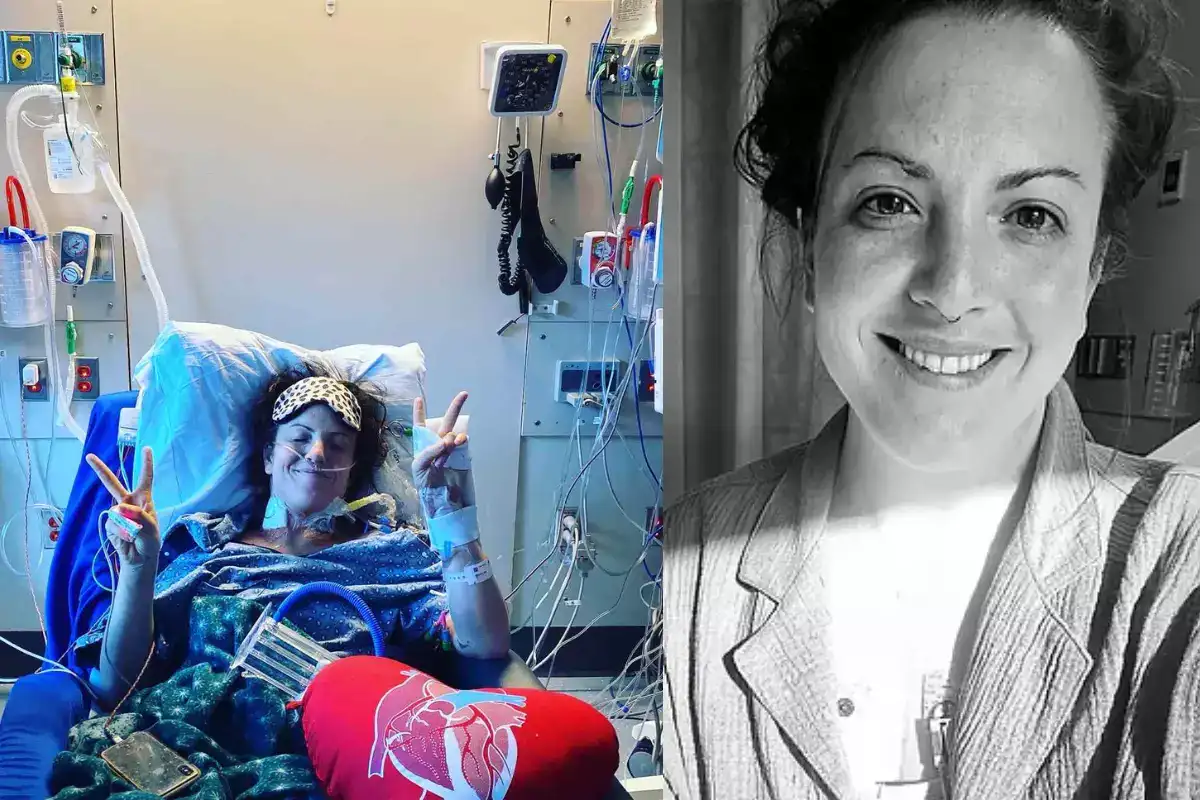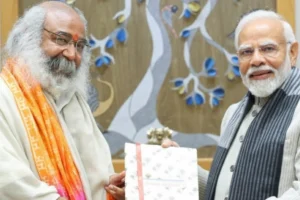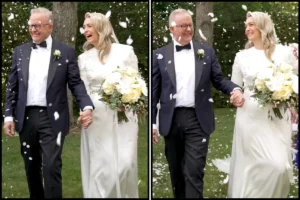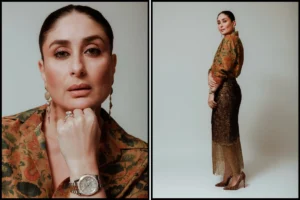
Sofia Hart, 30, is a Massachusetts woman who has been left without a pulse due to a rare genetic heart disease. She characterises herself as “running on batteries.” Her condition, known as irreversible dilated cardiomyopathy, affects one of the ventricles of the heart and may result in heart failure. While awaiting a heart transplant, Sofia depends on life-saving medical equipment known as the Left Ventricular Assist equipment (LVAD).
A left ventricular assist device (LVAD) mechanically helps the left side of the heart pump blood, assisting in the maintenance of blood circulation throughout the body.
“I started getting really achy and so fatigued,” she stated. It’s similar to an indescribable weariness. Although my body was exhausted, my mind was not.
Also read: Watch: While skydiving this woman showcased her incredible gymnastic skills mid-air
The rare genetic mutation that Sofia also carried was present in Hart’s twin sister Olivia from birth, but no one realised it until Sofia fell ill.
Genetics was not taken into consideration until it was established that both of them had early-onset heart failure, even though her sister had also experienced heart disease seven years earlier. Olivia, in a similar vein, required an LVAD device up to her 2016 transplant.
Sofia must now live with the device until she receives a transplant and follow suit.
Also read: Watch: While skydiving this woman showcased her incredible gymnastic skills mid-air
“I’m getting ready for it,” she stated. “I regret not being able to get my bearings before undergoing a transplant. After leaving the gates early, I realised that although the device and I were getting along well, transplantation was such a big deal that I wanted to learn more about life, transplantation, and how to live with “Janis,” the name I gave my LVAD, and how to accept all of the changes. Now, I was ready to go to transplant.”
To read more such news, download Bharat Express news apps


















